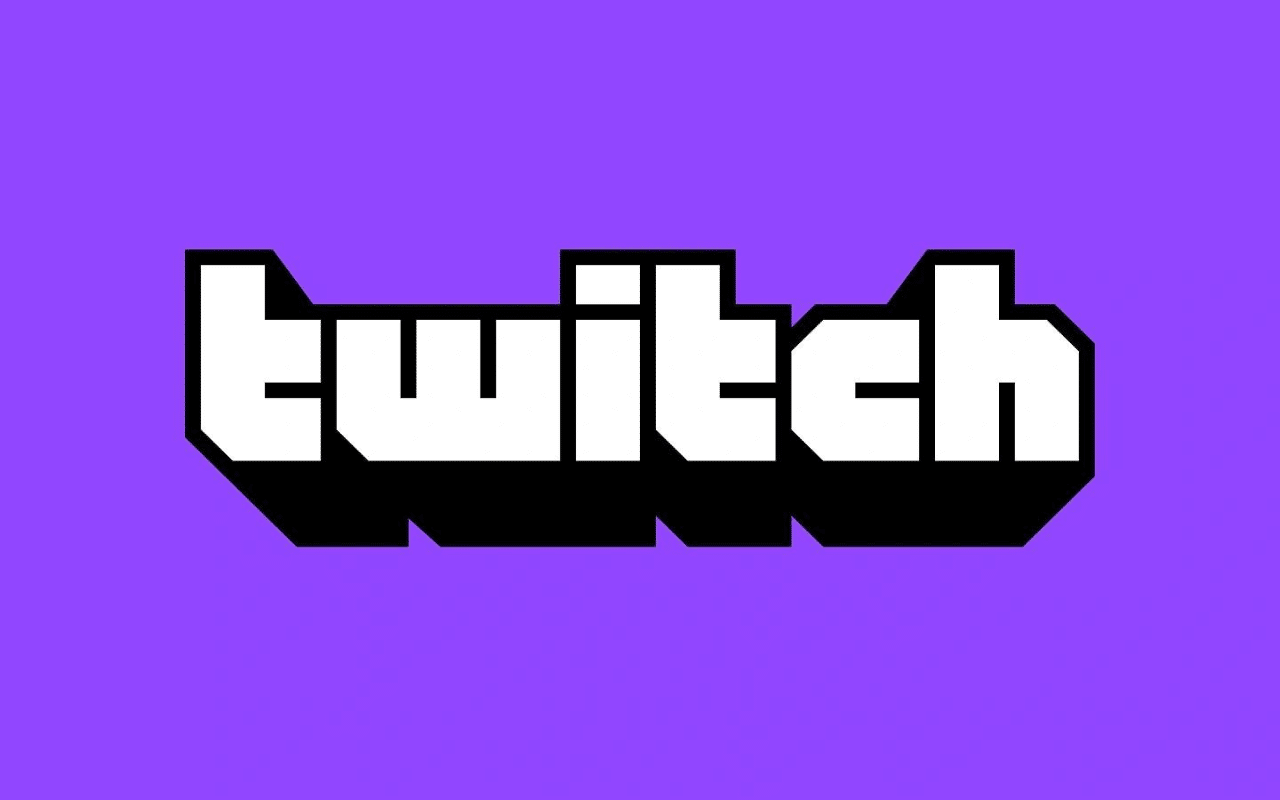
Just days after announcing changes to Twitch’s branded content guidelines, the platform has reneged on its new restrictions governing how content creators can monetise their streams.
Earlier this week, Twitch released new branded content guidelines that heavily limited the types of advertisements allowed on broadcasts. With sponsored streams being a significant revenue source, streamers swiftly retaliated, criticising Twitch’s leadership for undermining the creator experience.
According to the new guidelines, streamers would no longer be allowed to insert “burned-in” video, display or audio ads— that is, “pre-recorded commercials that are embedded directly into the stream” through a screencasting app. As @AlexGLogics explains, “Twitch is focused on shutting down any advertisements that conflict with their own ad units, even if that is at the expense of the creators on their platform.”
This sentence should tell you everything you need to know. Twitch is focused on shutting down any advertisements that conflict with their own ad units, even if that is at the expense of the creators on their platform. pic.twitter.com/1f2WTRwm25
— Alex Gonzalez (@AlexGLogics) June 6, 2023
With burned-in ads prohibited under the new guidelines, streamers could still incorporate on-stream brand logos; however, these logos must be smaller than 3% of the screen size.
Twitch has new Branded Content Guidelines.
— Zach Bussey (@zachbussey) June 6, 2023
– On-stream logos are limited to 3% of screen size.
– Burned-in video Ads are NOT allowed.
– Burned-in Display Ads are NOT allowed.
– Burned-in Audio Ads are NOT allowed.#TwitchNews #TOSgg pic.twitter.com/QrlrQhGAbm
Not only would these changes affect the ability of content creators to generate personal revenue, but they would also impact other aspects of the platform, specifically charitable and esports streams.
“Whether it’s banners updating fans on total donations or even full-screen promotions at certain intervals, charity streams often rely on these measures to convey key information to the audience,” Brad Norton writes for Dexerto. “Twitch’s new guidelines also impose major restrictions on esports broadcasts. Given esports is still a completely free-to-watch form of entertainment, publishers and event organisers typically rely on sponsor revenue to stay afloat.”
Meanwhile, other social media users have criticised Twitch’s decision to restrict the size of logos, noting that it is not “accessible for low vision users as it is too small for overlays and even smaller on mobile.”
I brought up the concern for disabled creators. The 3% logo size rule isn't accessible for low vision users as it is too small for overlays and even smaller on mobile. So Twitch will be reevaluating this and will hopefully change that policy soon.
— Steve Saylor (@stevesaylor) June 6, 2023
Having said that, it is no surprise that some of the platform’s most popular creators publicly disapproved of the proposed changes. While not a streamer, MrBeast shared his thoughts in a series of tweets, writing, “Hey @Twitch, how about instead of handicapping what creators make, you help them make more? Seems more logical.”
Hey @Twitch how about instead of handicapping what creators make, you help them make more? Seems more logical.
— MrBeast (@MrBeast) June 6, 2023
Adding fuel to the fire, MrBeast also contemplated boycotting the platform, claiming he “might do a stream [on Twitch competitor, Kick] for fun.” Streamers like Asmongold seem to share this sentiment, writing, “I think this is a legitimate situation where streamers should consider boycotting Twitch or moving to other platforms.”
Asmongold has announced he will be looking to leave Twitch and field non-exclusive offers from other platforms with the recent news from Twitch pic.twitter.com/NYlMJCYxRt
— Hunter (@HUN2R) June 6, 2023
Soon after, Twitch took to Twitter to release a statement, acknowledging that the new content guidelines were “overly broad” and that the leadership team “missed the mark with [the] policy language.”
“We do not intend to limit streamers’ ability to enter into direct relationships with sponsors, and we understand that this is an important part of how streamers earn revenue,” the statement on Twitter reads. “We wanted to clarify our existing ads policy that was intended to prohibit third-party ad networks from selling burned-in video and display ads on Twitch, which is consistent with other services.”
Today’s branded content policy update was overly broad. This created confusion and frustration, and we apologize for that.
— Twitch (@Twitch) June 6, 2023
After promising to modify the language in the content guidelines, Twitch returned with an update on the restrictions just one day later. The company clarified that “we will not prevent your ability to enter into direct relationships with sponsors” while acknowledging that “[the proposed] guidelines are bad for you and bad for Twitch, and we are removing them immediately.”
Yesterday, we released new Branded Content Guidelines that impacted your ability to work with sponsors to increase your income from streaming. These guidelines are bad for you and bad for Twitch, and we are removing them immediately.
— Twitch (@Twitch) June 7, 2023
All in all, the creators’ efforts in expressing their opinion and criticising the platform have paid off. Twitch streamers are now allowed to continue advertising as they did before the proposed guideline changes. Here’s hoping it remains that way!


